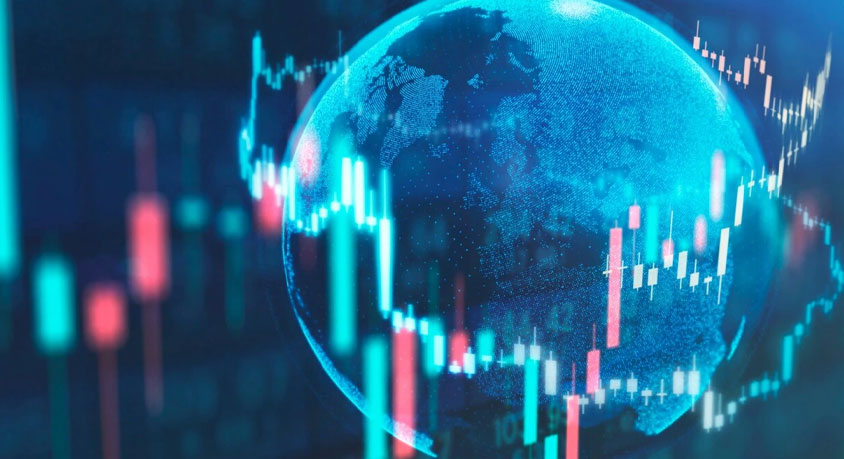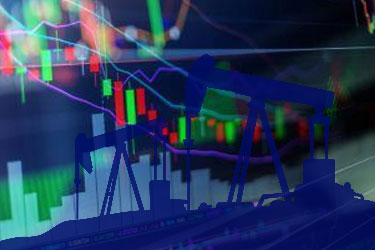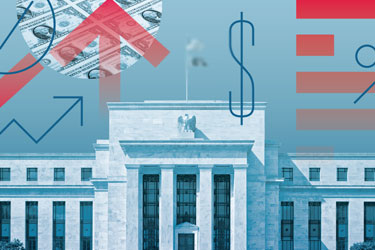Changes In The ETF Market: Rising Fees Raise Investor Concerns
Over the past few years, ETFs have become a preferred form of investment both by institutional and retail investors due to their low-cost access to diverse asset classes, industries, or international markets. But the frenzy of fee hikes in the ETF market is causing a stir among investors with their eye on implications for fund flow, investment planning, and overall volatility.
ETFs work as baskets of stocks or bonds that show the rights to a diversified holding. So, while these funds give investors the benefits of low-cost entry and hourly tradability comparable to stocks, new developments are showing some drawbacks that should be heedfully weighed.
Commissions and Expenses
ETFs’ tradable nature, like stocks, can be regarded as one of the major benefits. Nevertheless, this feature has a hidden liability in terms of trading costs. Every purchase or sale of ETFs may be subject to fees, and the regularity with which trades are conducted can quickly add up, eroding performance over time.
Although it is possible to find online brokers who provide zero-commission trading, investors should keep in mind the existence of hidden costs like payment for order flow. Moreover, the cost of a fund’s total assets to cover operating expenses, called the expense ratio, may also impact returns. Even though ETFs usually have low expense ratios, investors should consider the following items when making a comparison with investments of a similar nature, such as mutual funds.
Underlying Fluctuations and Risks
Though ETFs tout diversification, they are not insulated from market changes. The magnitude of scale and concentration determines the volatility level that an ETF holds. In general, broad-market ETFs following indices such as the S&P 500 may demonstrate a lower level of volatility relative to industry-specific ETFs.
Investors must consider the economic and societal factors that affect regions or industries that are represented in an ETF. Factors such as political instability and economic difficulties can play a significant role in the viability of an ETF, which is why it’s essential to understand underlying risks when making investment choices.
Low Liquidity
Liquidity is an important issue in trading any publicly traded asset, and ETFs are no different. Thinly traded ETFs can create challenges when trying to buy or sell due to inadequate trading interests that result in huge spreads between the bid and ask. Liquidity that enables investors to enter and exit positions without significant price movements should be given priority.
Capital Gains Distributions
Some ETFs pay out capital gains to shareholders, and investors have tax obligations arising from such distributions. Such distributions may force shareholders to reinvest the funds, which consequently implies additional costs. Being aware of how an ETF manages capital gains distributions is crucial for investors to make tax-aligned decisions.
Market Trends and Concerns
According to the latest ICI data, ETFs reached an all-time high of 30.7% of US stock market turnover over the past year. This large rise has led to discussions on the contribution of ETFs to a wider market and as short-term trading tools.
ETF trading volumes evidently demonstrate the increasing popularity of these funds, which have been at $44.1 trillion in the past year. Yet questions arise about their influence on the volatility of markets and, especially, volatile markets.
Conclusion
As more people invest in ETFs, they should pay close attention to the negative aspects of these investment products. ETFs should be subject to rigorous research and due diligence since surging fees, market volatility, and other factors highlight the need for this. In the process of unraveling, tracking fund information and market outlook will help investors understand this dynamic environment better.
MORE FROM WIRED

- Australian Fed's Considerations and International Comparisons

- Gucci's First-Half Sales Plunge Nearly 20% as Kering's Earnings Hit Red Lights

- The Impact of the U.S. Election on the Consumer Market and Retailers' Responses
- Aug,28,2024

- Uncertainty and Market Forecasts on Oil Price Trends
- Aug,21,2024

- Market Jitters: Nikkei Plunges Amid Global Economic Concerns
- Aug,14,2024

- The Impact of the Fed's Successive Interest Rate Hikes on Global Financial Markets
- Aug,07,2024

- French Election "Surprise" Shocks Markets: Euro, Gold Price Volatility and Investment Strategy Adjustments
- Jul,31,2024